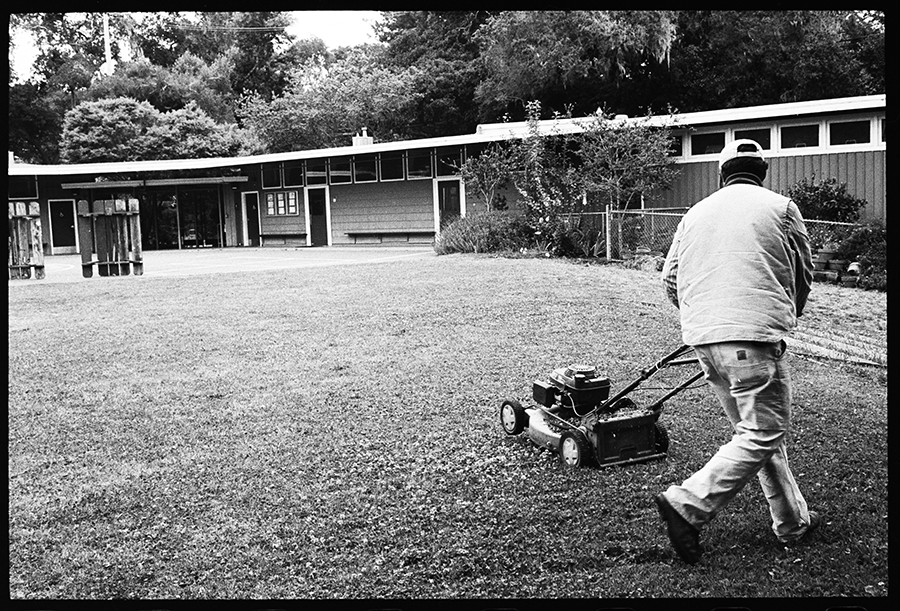An ad hoc committee tasked with trimming $1.2 million from Shoreline’s three-year budget projections is reviewing suggestions for nearly 40 possible . . .
District’s could cut field trips, close Inverness and Bodega Bay Schools


An ad hoc committee tasked with trimming $1.2 million from Shoreline’s three-year budget projections is reviewing suggestions for nearly 40 possible . . .